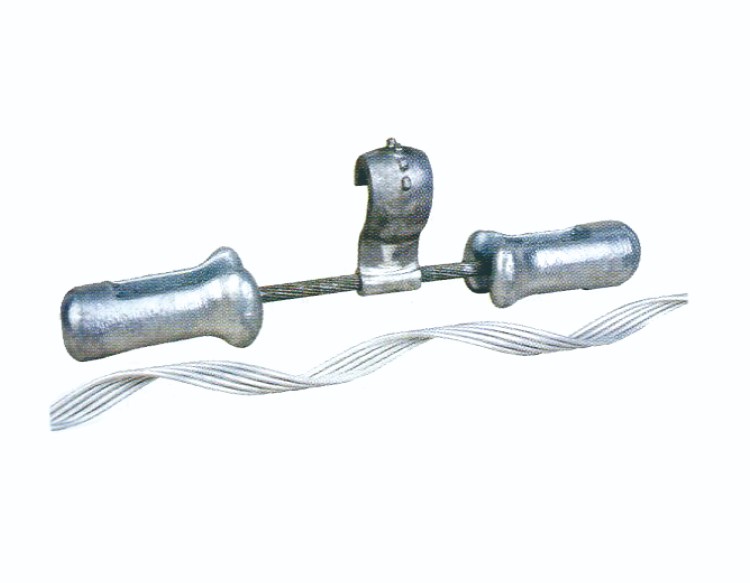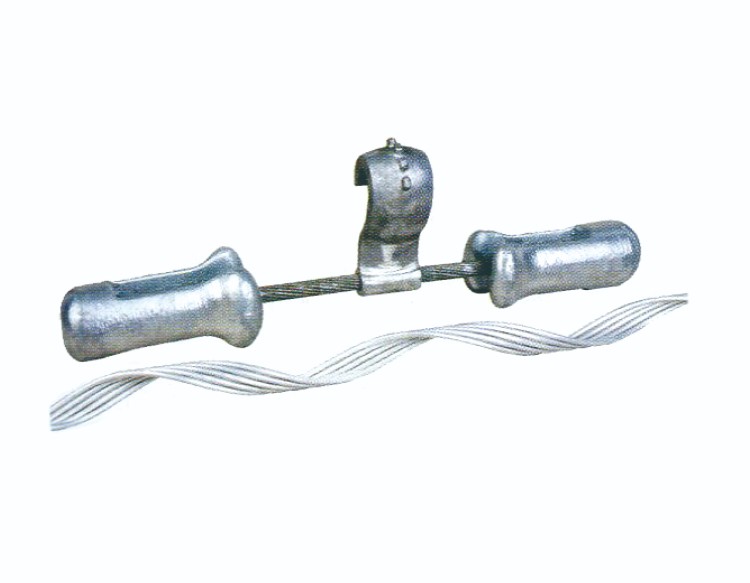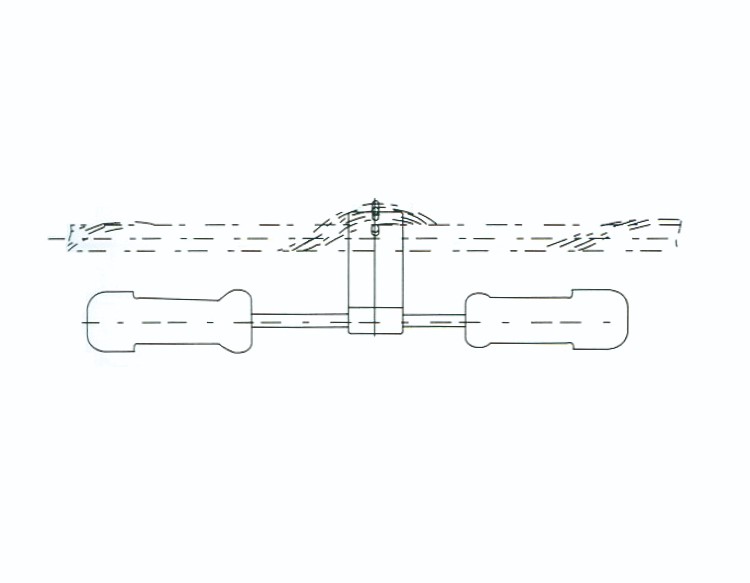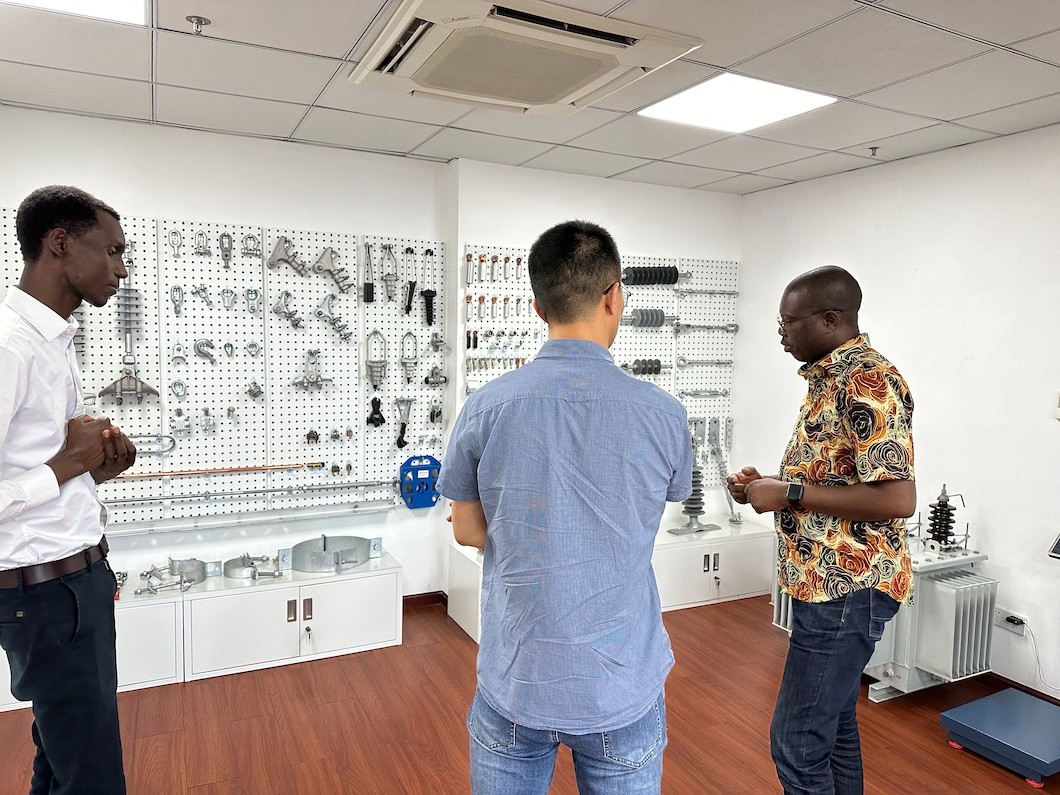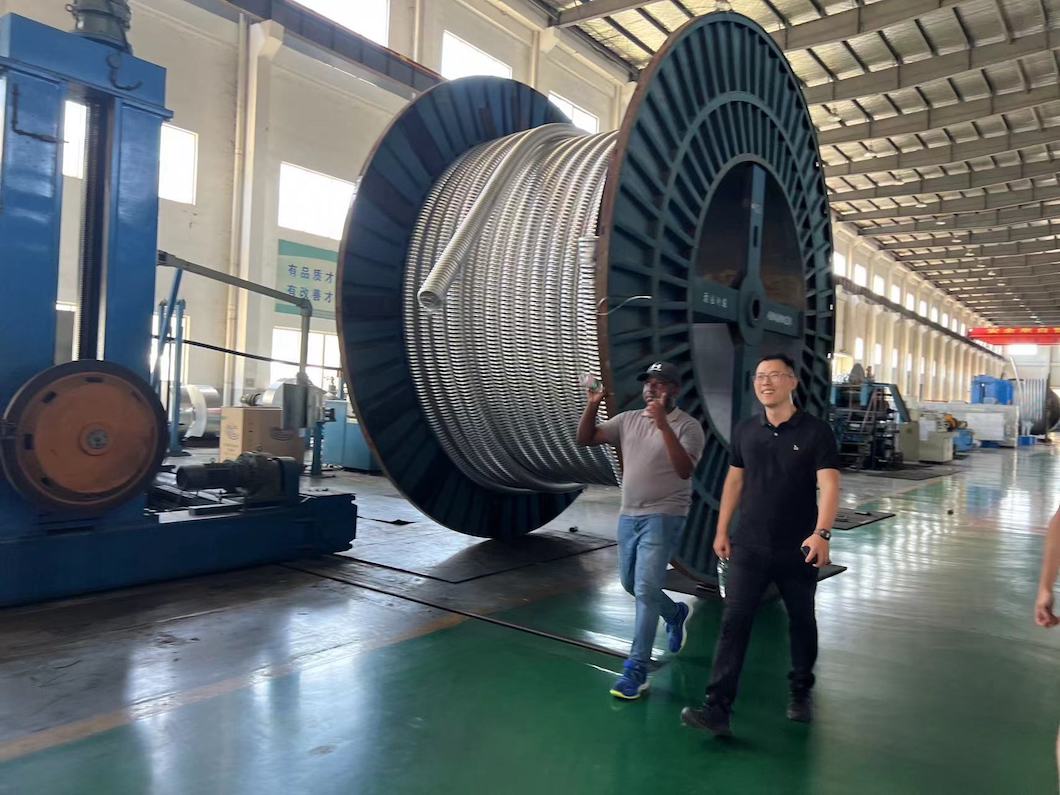| Cataiog No. | Weight (kg) | Catalog No. of preforme aomor roads | Wire length | Main dimensions(mm) | |||
| Steel cored aluminium stranded wire | aluminium wire | Galvanizeds teel strand | Aluminium CI steel wire | ||||
| FRYJ-1/G | 1.6 | FY-0235(7.5~8.16) | 700 | LGJ-35/6 | LJ-35 | GJ-35 | GLB-35 |
| FRYJ-2/G | 2.6 | FY-0250(9~9.6) | LGJ-50/8 | LJ-50 | GJ-50 | GLB-50 | |
| GJ-55 | GLB-55 | ||||||
| FY-0270(10.8~11.7) | LGJ-50/30 | LJ-70 | GJ-70 | GLB-70 | |||
| LGJ-70/10 | GJ-80 | GLB-80 | |||||
| FRYJ-3/G | 4.3 | FY-0295(12.48~13.87) | 800 | LGJ-70/40 | LJ-95 | GJ-95 GJ-100 | GLB-95 GLB-100 |
| LGJ-95/15 | |||||||
| LGJ-95/20 | |||||||
| FRYJ-1/2 | 1.7 | FY-02120(14.26~16) | LGJ-95/55 | LJ-120 LJ-150 | GJ-120 GJ-150 | GLB-120 GLB-150 | |
| LGJ-120/7 | |||||||
| LGJ-120/20 | |||||||
| LGJ-120/25 | |||||||
| LGJ-150/8 | |||||||
| FRYJ-1/3 | 2.3 | FY-02150(16.67~18) | LGJ-120/70 | LJ-185 | GJ-185 | GLB-185 | |
| LGJ-150/20 | |||||||
| LGJ-150/25 | |||||||
| LGJ-150/35 | |||||||
| LGJ-185/10 | |||||||
| FRYJ-2/4 | 3.5 | FY-02185(18.75~20) | LGJ-185/25 | LJ-210 LJ-240 | |||
| LGJ-185/30 | |||||||
| LGJ-185/45 | |||||||
| LGJ-210/10 | |||||||
| LGJ-210/25 | |||||||
| FY-03240(20.86~22.4) | 900 | LGJ-210/35 | LJ-300 | ||||
| LGJ-210/50 | |||||||
| LGJ-240/30 | |||||||
| LGJ-240/40 | |||||||
| LGJ-240/55 | |||||||
| FRYJ-3/5 | 5 | FY-03300 (23.01~25.2) | LGJ-300/15 | ||||
| LGJ-300/20 | |||||||
| LGJ-300/25 | |||||||
| LGJ-300/40 | |||||||
| LGJ-300/50 | |||||||
| LGJ-300/70 | |||||||
| FRYJ-4/5 | FY-03400(25.9~28) | LGJ-400/20 | LJ-400 | ||||
| LGJ-400/25 | |||||||
| LGJ-400/35 | |||||||
| LGJ-400/50 | |||||||
| LGJ-400/65 | |||||||
| FRYJ-4/6 | 6.9 | FY-03500(29.12~30.96) | 1000 | LGJ-400/95 | LJ-500 | ||
| LGJ-500/35 | |||||||
| LGJ-500/45 | |||||||
| LGJ-500/65 | |||||||
| FY-03630(32.67~34.82) | LGJ-630/45 | LJ-630 | |||||
| LGJ-630/55 | |||||||
| LGJ-630/80 | |||||||
1.Tuning Fork Damper Design: The design of a tuning fork damper involves selecting appropriate parameters such as mass, stiffness, and damping. These parameters are chosen to optimize the damper’s performance in reducing vibrations. Analytical methods and numerical simulations are often used to determine the optimal values.
2.Applications: Tuning fork dampers are commonly used in civil engineering (e.g., buildings, bridges) and mechanical systems (e.g., machinery, vehicles) to mitigate vibrations caused by external forces or dynamic loads.
3.Nonlinear Systems: While most analyses assume linear primary systems, there’s ongoing research on tuning methods for nonlinear primary systems. These systems exhibit stiffness nonlinearity (softening or hardening) and require specialized tuning approaches.









